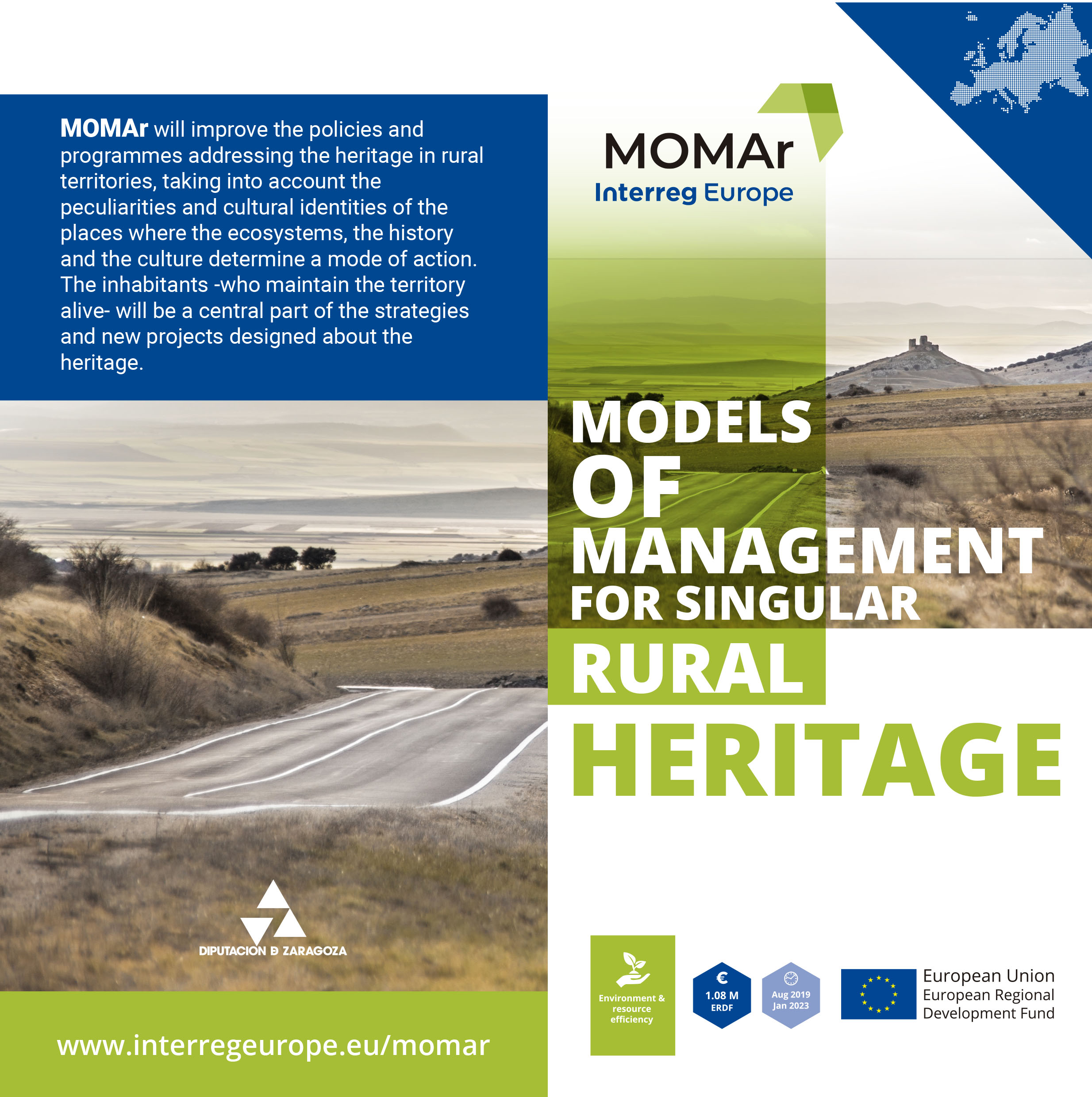 On May 29, Isabel Soria and Irene Ruiz, from the MOMAr scientific team of the Provincial Government of Zaragoza, made a technical visit to the Cambrian site of Murero, located in the Daroca region.
On May 29, Isabel Soria and Irene Ruiz, from the MOMAr scientific team of the Provincial Government of Zaragoza, made a technical visit to the Cambrian site of Murero, located in the Daroca region.
The deposit is declared as “Place of Spanish geological interest of international relevance” (Geosite) by the Geological and Mining Institute of Spain. It is a set of fossiliferous levels from the late Lower Cambrian to the mid-Middle Cambrian, and known since the mid-19th century, which has exceptionally preserved fossils. In it, more than eighty species of trilobites have been identified, as well as other fossils of different species and algae.
The stratigraphic succession that can be seen in the place is about 200 meters thick and records a continuous time span of about eight million years, from about 511 to about 503 million years ago. Thanks to the paleontological content, fourteen biozones have been established, the most accurate biozone for this time interval in the world. It also records in detail the so-called Valdemiedes event, the mass extinction episode of the late Lower Cambrian.

The team, who has met several times with the Region's responsible team for the heritage, took the tour to assess the status of the proposed route and learn first-hand about some of the projects related to the natural and paleontological heritage of the province that may give rise to future proposals to be collected in the Action Plans that are beginning to be structured.
Still in the town of Murero, MOMAr representatives visited the Santander-Mediterráneo railway station, now abandoned. This old railway line has become a greentrail that crosses the province of Zaragoza, so the team is also assessing the different assets, currently unused, that exist on this route.













